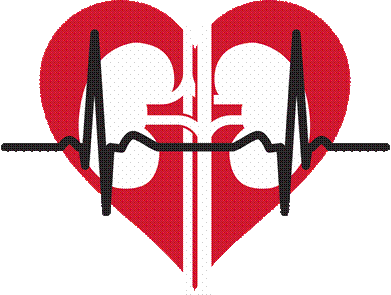top of page
Cardiac function in vivo: Nuclear Magnetic Resonance (NMR) Imaging and Analysis

For small animals (mouse and rat):
-
Cardiac functional parameters: heart rate (HR), ejection fraction (EF), stroke volume (SV), left ventricle at the end of diastole (LVEDV), left ventricle at the end of systole (LVEDS)
-
Cardiac structural parameters: LV wall thickness, LV diameter
Acquisition of Images at the Nuclear Magnetic Resonance Research Support Centre, UCM
Cardiac function in vivo: Blood Pressure and ECG
For small animals (mouse and rat):
-
Hemodynamic Parameters: systolic and diastolic blood pressure (SBP, DBP), left ventricular systolic pressure (LVSP), left ventricular end-diastolic pressure (LVEDP), heart rate (HR), first derivative of LV pressure rise over time(dP/dtmax), first derivative of LV pressure decline over time (dP/dtmin)
-
ECG: with two integrated electrodes under the paws or external electrodes
-
Monitoring of other physiological parameters: respiration, breath rate, rectal temperature

Analysis using Physiological Monitoring System for small animals (Harvard Apparatus)
Enzymatic isolation of adult and neonatal ventricular cardiomyocytes

For small animals (mouse and rat):
-
Adult ventricular cardiomyocytes are isolated by retrograde perfusion using type II collagenase
Isolation using Langerdorff Perfusion System
Intracellular calcium imaging and analysis in isolated cardiomyocytes

Isolated ventricular cardiomyocytes are loaded with the membrane permeant Fluo-3 AM. All these parameters can be registered:



-
Intracellular calcium transient: systolic & diastolic calcium, SERCA activity
-
Sarcoplasmic reticulum calcium load: total systolic & diastolic calcium, NCX activity
-
Cell shortening
-
Calcium sparks: RyR activity
In these analysis, cardiomyocytes are maintained quiescent
-
Calcium waves, spontaneous calcium release & triggered activity
In these analysis, cardiomyocytes are electrically stimulated with two platinum electrodes
In these analysis, cardiomyocytes are electrically stimulated following a train of several stimulations and stops
Analysis using LSM 510 Confocal Microscope
Post-Myocardial Infarction (PMI) experimental model

C57BL/6J mice are used for Post-Myocardial Infarction (PMI) model. PMI is perform in 10-12 week-old mice through left anterior descending (LAD) coronary artery ligation. The goal of this technique is to achieve an infarction around 25% of the left ventricular mass.
bottom of page


